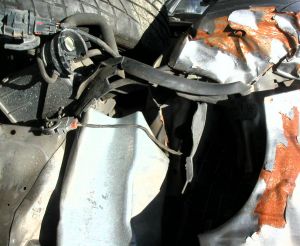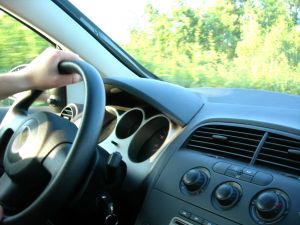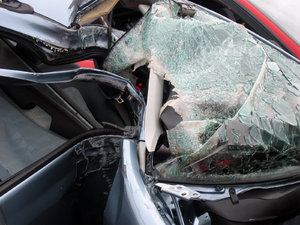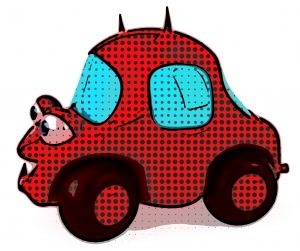Car accidents in Westwood are nothing new, especially if you’re talking about the ones we see on East Street.
Our Massachusetts car accidents attorneys know just how common traffic accidents are along the East Street Rotary. If it isn’t the traffic-related fender benders, then it’s the Commuter Rail Bridge that crosses over that street over by Morrison Field. That bridge has been a burden to unfamiliar drivers for years now, according to the Westwood Patch.

Unfortunately, the Commuter Rail Bridge isn’t tall enough and plenty of trucks have gotten stuck or have been damaged from passing through. These types of accidents typically happen more with residents and unfamiliar motorists who rent commercial trucks for moving and such instead of happening to professional truckers.
The height isn’t the only concern that motorists have with that bridge either. Have you seen how narrow it is? Oftentimes motorists have no other choice but to sideswipe the wall in an attempt to avoid hitting another motorist.
The speed limit near the bridge has recently been changed to 25 mph to help reduce the number of accidents in the area.
“If people actually dropped down to 25, it makes it that much harder to hit the curb or the bridge,” said Westwood Police Sgt. and Public Safety Officer Paul Sicard.
Weather conditions have not been cited as a major factor in really any of the recent accidents in this area.
Accidents recorded near the Commuter Rail Bridge:
-1986: More than 10 accidents.
-1987: 7 accidents -1988: Nearly 15 accidents.
-1992: 4 accidents. Two of these accidents happened when a vehicle hit the wall of the curb. The third one happened when a vehicle rear-ended another one and the fourth accident happened when a large truck hit the bridge.
-2008: 5 accidents. Four of these accidents occurred when a truck hit the bridge.
-2009: 5 accidents. In two of these accidents a truck struck the bridge.
-2010: 6 accidents. Three of these accidents happened when large trucks struck the bridge. Two happened when vehicles hit the curb.
-So far this year, there have been 4 accidents.
Even though accidents are such a common occurrence in this spot, it’s been quite some time since the dangers in the area have been discuss among officials. A few years back, the railroad briefly discussed constructing a new bridge, but that plan was delayed because resident were worried that if the bridge was raised then more trucks would use the roadway as a cut through.
If the city were to decide that they would like to bridge to be raised and widened then they would have to toss the idea to the Massachusetts Bay Transportation Authority (MBTA), which owns the bridge.
Regardless of who owns the bridge, both the MBTA and the city have an obligation to provide safe roadways to motorists. Roadways are required to be kept in decent condition and hazards are to be eliminated. Transportation officials are also required to provide travelers with working street signals and visible street signs. If you believe that any of these conditions contributed to your traffic accident, it is critical for you to contact an experienced attorney.
Continue reading
 Boston Car Accident Lawyer Blog
Boston Car Accident Lawyer Blog









